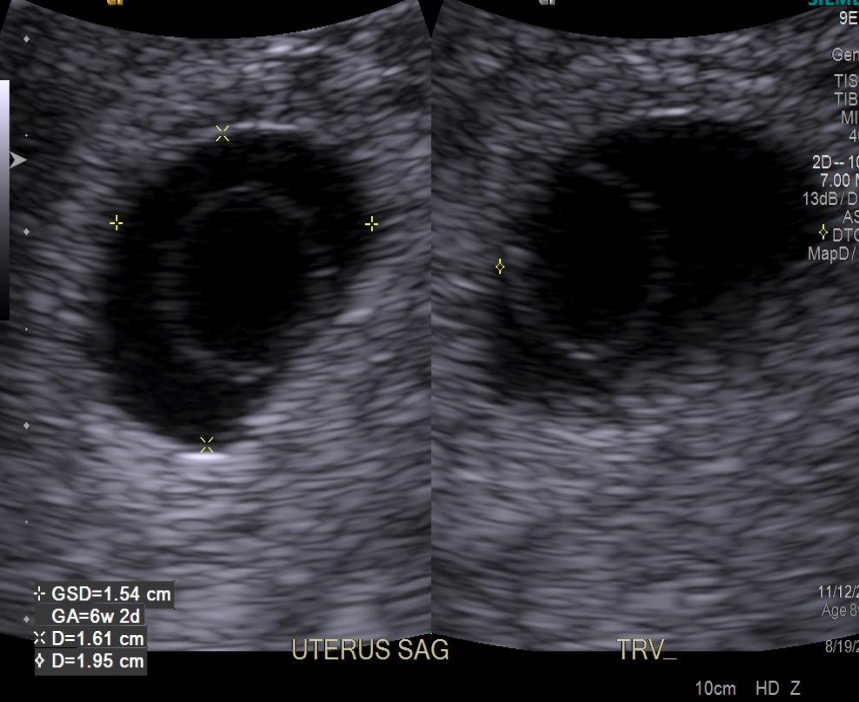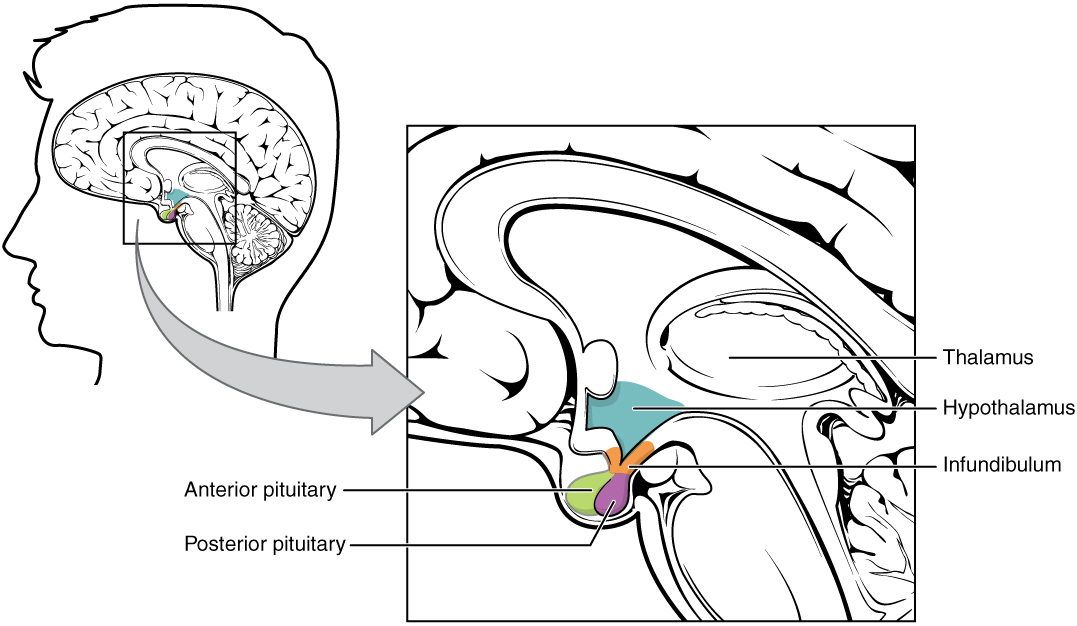Playlist
Show Playlist
Hide Playlist
Milk Secretion and Production
-
Slides Birth Breastfeeding Endocrine System.pdf
-
Download Lecture Overview
00:00 Now we're going to go on to milk production. Milk production is an important component of being able to give adequate nutrition to the infant. This portion of lactation is important to think about in a couple of different ways. One is to think about breast structure and tissue, how you form these small lobules and how when using the lobules you'll be able to move across various substances into these open areas which will collect the milk. So we're going to talk through a little bit how you transport and how you produce the various substances that will become breast milk. When we go through the milk secretion pathways, we have a number of modes or transport methods to get the substance into the milk for the infant. One of them is through a typical secretion pathway in which you produce something in the endoplasmic reticulum, it buds off into Golgi and then into various vesicles and then will dock and fuse and put that substance directly into the lumen, which will then be the milk. Proteins are just such items that will move across in that manner, things like caseins and lactalbumin. You also have very specific ions like calcium and phosphate that also move in this vesicle-like form. Lactose and other carbohydrates can also move across in this way and therefore the infant will have now a carbohydrate base in which they need for energy production. Lipids are also secreted. 01:42 These lipids are usually synthesized as small 16 carbon chain fatty acids as well as there will be some that were provided from the diet and those are usually larger chain carbon fatty acids, those greater than 16. There are a few other substances that you're going to move from the blood all the way through the cell into the apical membrane and then pass into the luminal surface, which is going to be the milk. Things like immunoglobulins will move from the blood all the way through the cell into the milk. Certain ions and water also move in that transcellular pathway but then there's a little bit of easier pathway for some of the other ions and water and that is around the cells. A few additional items move around cells and that are things like leukocytes. So you can see here in this milk secretion pathway, you have some very traditional pathways like production of various proteins and carbohydrates, lipids moving out of the cell, you can move some things through the cell and finally a few things move around the cell into the milk.
About the Lecture
The lecture Milk Secretion and Production by Thad Wilson, PhD is from the course Reproductive Physiology.
Included Quiz Questions
What size of carbon chains are seen in the lipids in breast milk?
- 16 carbon
- 20 carbon
- 40 carbon
- 50 carbon
- 45 carbon
What is the method of calcium secretion into milk?
- Exocytosis
- Carrier proteins
- Diffusion
- Osmosis
- Counter transport
Customer reviews
5,0 of 5 stars
| 5 Stars |
|
5 |
| 4 Stars |
|
0 |
| 3 Stars |
|
0 |
| 2 Stars |
|
0 |
| 1 Star |
|
0 |








